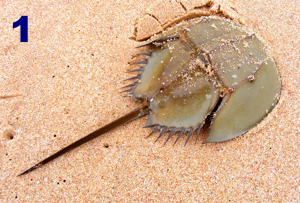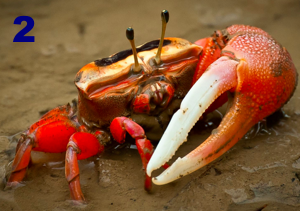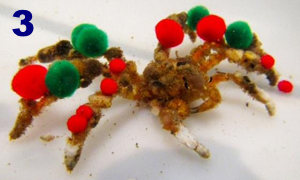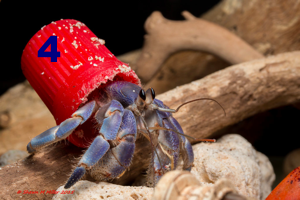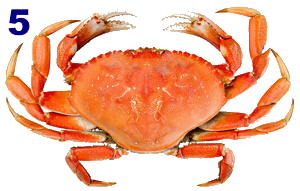I was recently taking a walk at the edge of town when I saw a home with a banner out front that said
A minute later, I saw another one! As it happens, there was something else unusual about these homes (and it's not that they were occupied by cavemen trying to ensure uninterrupted naps for their babies). What was unusual about them?
Solution
They were houseboats. (Hence the subtle "edge of town" clue—I was walking on the waterfront between Oakland and Alameda.) A wake is the area of water churned up by a fast-moving boat; the houseboat owners didn't want to get rocked hard or splashed.
Congratulations to yesterday's solvers Charlie, Anna J., Jacob C., Nico, Yana, Leo S., Newton, Mr. Gregg, and Dr. Yetman. Thanks to everybody who made a guess!
Though he now teaches mathematics, Dr. (né Mr.) Shapiro's first job in a K–12 school was as a lunch monitor in Davis, CA. It was there that he originated the Puzzle of the Day, even rewarding correct answers with tickets in denominations like "15 points" (though without a clear idea of how he'd ultimately redeem these). Dr. Shapiro's favorite puzzle from this pre-professional era was "Tell me the location of the beehive on this campus."
Ten years later, Dr. Shapiro revived Puzzle of the Day at Proof School, writing each day's puzzle on a name tag. After 600 puzzles or so, he was just starting to feel normal about students reading his chest all the time when campus closed and the puzzle, like the rest of our lives, moved online. New puzzles are posted daily on school days.
Want to catch up on old PotDs? There's an archive currently containing puzzles from March to June 2020.
